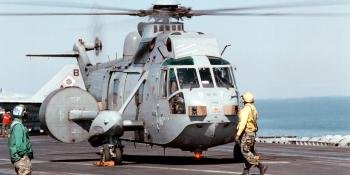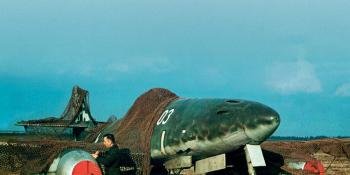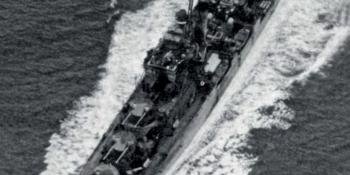The Vickers Wellington or ‘Wimpy’ was one of the RAF’s iconic bombers of World War Two. Malcolm V Lowe tells the story of the important early Wellington Mk.I series
IN FOCUS
When war began during September 1939, one of the principal aircraft entering service in significant numbers with RAF was the Vickers Wellington.
A twin-engined bomber with an unorthodox airframe structure, the Wellington was the most ‘modern’ of the newer generation of bombers with which Britain entered the conflict. Although replaced later as Britain’s primary strategic bomber by the larger ‘heavies’, notably the fourengined Lancaster and Halifax, nonetheless the Wellington served with distinction early in the action, becoming a principal asset for Bomber Command.
The story of this significant British warplane dated to the early 1930s, and the release of Specification B.9/32 by Britain’s Air Ministry for a twin-engined medium day bomber. This requirement was initially acknowledged by Vickers’ designers via a high-wing, fixed undercarriage concept. When the official documentation was re-drawn with more modern parameters, including the need for a retractable undercarriage, Vickers conceived a layout that eventually matured into what…





